Microfinance
Microfinance is the provision of financial services to low-income people and a key pillar of improving financial inclusion globally. By providing access to financial services, microfinance helps low-income households generate income, build assets, manage consumption and manage risks.
The World Bank estimates that approximately 1.5 billion adults, or approximately 25 per cent of the world adult population, do not have an account at a formal financial institution and are therefore financially excluded.
Addressable market for ASA International
c. 376.1 million
Prospects in existing countries
Using the World Bank’s data, there are estimated to be 376.1 million potential adult women clients made up of the low-income adult female population in ASA International’s existing thirteen operating countries. The Group views women earning broadly around U.S.$3.65 a day (which is the international poverty line for lower-middle income economies, as defined by the World Bank, and based on 2017 Purchasing Power Parity terms) as potential clients.
ASA International is well-placed to capture this significant breadth of opportunity by continuing to increase its market penetration.
Large addressable market
Total |
376.1m |
|
Asia |
Financial institutions | 30.7m |
| Informal sources | 90.1m | |
| Non-borrowers | 158.2m | |
| Total | 279.0m | |
Africa |
Financial institutions | 9.3m |
| Informal sources | 47.9m | |
| Non-borrowers | 39.9m | |
| Total | 97.1m |
Financial institutions
Financial institutions in the table refer to those served by organisations that process monetary transactions such as loans, deposits and investments. Examples include banks and credit unions.
Informal sources
Informal sources in the table refer to those served by sources of informal credit that do not fall in the traditional banking sector and are not a registered institution. Examples include relatives, friends or local lenders (e.g. payday lenders and pawn shops).
Non-borrowers
Non-borrowers refer to those who have not previously borrowed from any source.
The table below presents further detail on the borrowing habits of women in the Group’s 13 countries of operation.
| Women 15+ under $3.65/day (mn) | |||||||
|---|---|---|---|---|---|---|---|
| (in m) | Working age pop. (15+) | Financial institution | Informal sources | Non-borrowers | Total | Existing clients* | |
ASIa |
India | 1093.7 | 27.5 | 77.0 | 128.8 | 233.3 | 0.2 |
| Pakistan | 159.1 | 1.1 | 8.5 | 22.3 | 31.9 | 0.7 | |
| Philippines | 83.6 | 1.3 | 3.0 | 3.2 | 7.5 | 0.4 | |
| Myanmar | 41.3 | 0.3 | 1.1 | 2.7 | 4.1 | 0.1 | |
| Sri Lanka | 17.3 | 0.5 | 0.4 | 1.2 | 2.1 | 0.0 | |
| Total |
1394.8 |
30.7 |
90.1 |
158.2 |
279.0 |
1.4 |
|
AFRICA |
Nigeria | 137.2 | 2.8 | 20.7 | 19.7 | 43.2 | 0.2 |
| Tanzania | 39.4 | 0.7 | 6.4 | 7.9 | 15.0 | 0.3 | |
| Kenya | 35.6 | 2.8 | 6.8 | 3.0 | 12.7 | 0.3 | |
| Uganda | 28.2 | 1.9 | 5.8 | 2.6 | 10.3 | 0.2 | |
| Ghana | 22.1 | 0.4 | 2.4 | 2.6 | 5.4 | 0.2 | |
| Rwanda | 8.9 | 0.3 | 2.1 | 1.2 | 3.6 | 0.0 | |
| Sierra Leone | 5.4 | 0.1 | 0.9 | 0.8 | 1.7 | 0.0 | |
| Zambia | 12.5 | 0.3 | 2.7 | 2.1 | 5.1 | 0.0 | |
| Total | 289.4 | 9.3 | 47.9 | 39.9 | 97.1 | 1.2 | |
TOTAL |
1684.2 |
39.9 |
137.9 |
198.2 |
376.1 |
2.5 |
|
* ASA International clients as at 17 April 2025.
Note:
(1) All statistics are taken from https://www.worldbank.org/.
(2) Specifically, population statistics, low income percentages, and borrowing structure are taken from Population Estimates and Projections database, Poverty and Equity Brief, and Global Financial Inclusion database respectively.

